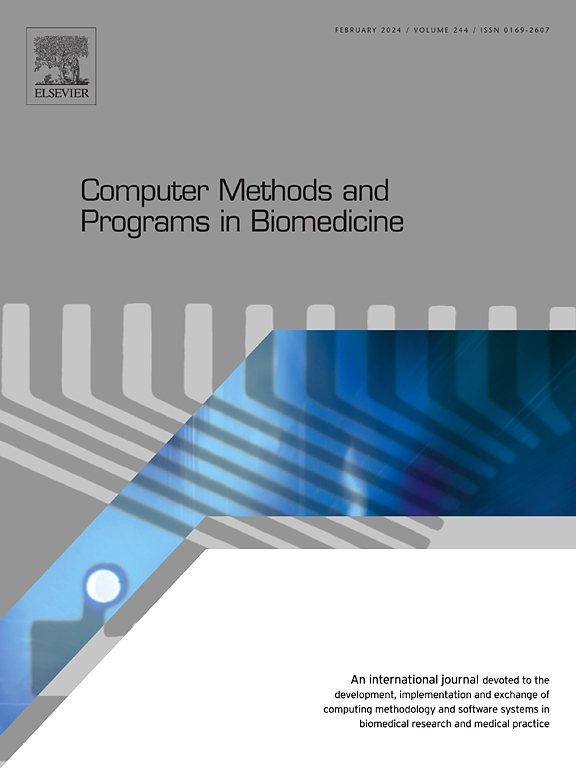A computationally efficient FEM platform for comprehensive simulations of photoacoustic imaging
IF 4.9
2区 医学
Q1 COMPUTER SCIENCE, INTERDISCIPLINARY APPLICATIONS
引用次数: 0
Abstract
Background and Objective
This study introduces a comprehensive finite element method (FEM) platform to overcome limitations in photoacoustic imaging (PAI) simulations, addressing challenges associated with the simplified numerical methods and rudimentary geometries of existing simulators. The objective is to develop a physics-based numerical simulation method that comprehensively models the entire PAI process, encompassing the various physics processes involved from the initial laser irradiation to the final image reconstruction stage, and producing results that closely replicate real-world scenarios.
Methods
The proposed comprehensive simulation platform models the physics of ray optics, bioheat transfer, solid mechanics, elastic waves, and pressure acoustics, encompassing all the various physical processes involved in PAI. This platform employs time-explicit numerical methods, making it computationally efficient and attractive for preclinical analyses. The method was validated by comparing the results of FEM simulations with those from k-wave simulations and experimental tests. The simulations focus on an anatomically realistic breast phantom to demonstrate the induced effects of laser irradiation.
Results
The FEM simulation results revealed that laser irradiation caused a slight temperature increase of approximately 0.6 °C in the tumor area. This temperature increase led to the generation of a maximum pressure stress of 853,000 N m–2 due to thermoelastic expansion, resulting in the production of acoustic waves with a maximum acoustic pressure of 446 kPa after 2 μs of propagation. These acoustic waves propagate, and are detected by a transducer for subsequent image reconstruction. The reported findings highlight the platform's high precision in simulating PAI, including all of its intermediate steps.
Conclusions
The developed FEM platform is versatile across diverse scenarios, making it a powerful tool for various applications such as PAI simulations of different body parts, evaluation of various beamforming methods, and consideration of different transducer types. The applications of the platform include temperature monitoring during hyperthermia therapy. This simulation method also has significant potential for training machine-learning and deep-learning models.
求助全文
约1分钟内获得全文
求助全文
来源期刊

Computer methods and programs in biomedicine
工程技术-工程:生物医学
CiteScore
12.30
自引率
6.60%
发文量
601
审稿时长
135 days
期刊介绍:
To encourage the development of formal computing methods, and their application in biomedical research and medical practice, by illustration of fundamental principles in biomedical informatics research; to stimulate basic research into application software design; to report the state of research of biomedical information processing projects; to report new computer methodologies applied in biomedical areas; the eventual distribution of demonstrable software to avoid duplication of effort; to provide a forum for discussion and improvement of existing software; to optimize contact between national organizations and regional user groups by promoting an international exchange of information on formal methods, standards and software in biomedicine.
Computer Methods and Programs in Biomedicine covers computing methodology and software systems derived from computing science for implementation in all aspects of biomedical research and medical practice. It is designed to serve: biochemists; biologists; geneticists; immunologists; neuroscientists; pharmacologists; toxicologists; clinicians; epidemiologists; psychiatrists; psychologists; cardiologists; chemists; (radio)physicists; computer scientists; programmers and systems analysts; biomedical, clinical, electrical and other engineers; teachers of medical informatics and users of educational software.
 求助内容:
求助内容: 应助结果提醒方式:
应助结果提醒方式:


